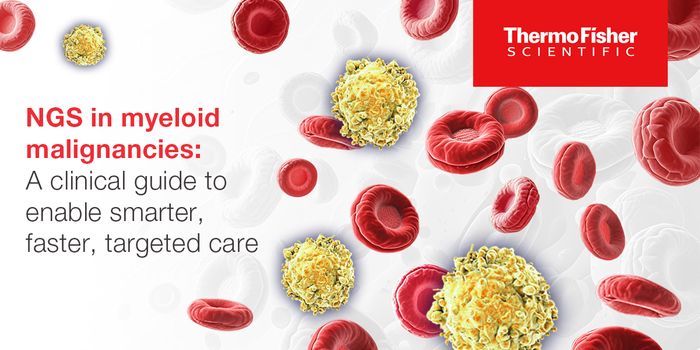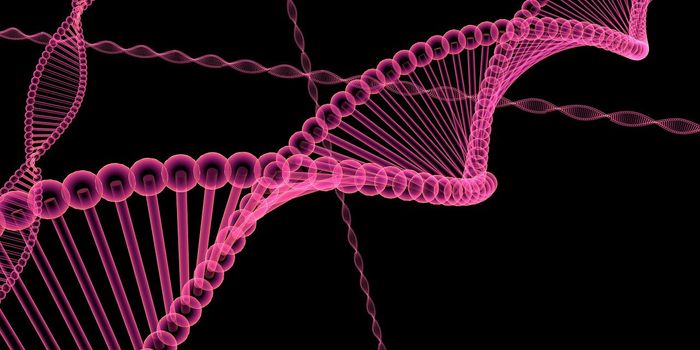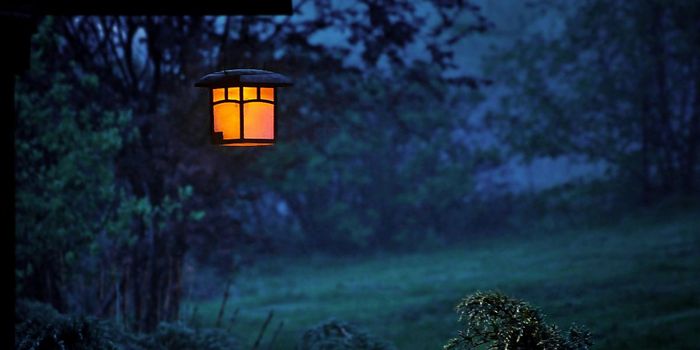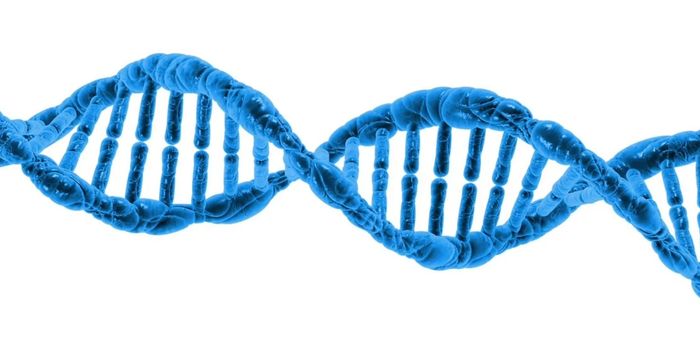More Sun, Reduced Breast Cancer Risk
Besides being a mood booster, spending time in the sun is known to have a number of health benefits. For example, the skin responds to sunlight exposure by producing vitamin D for strong bones. A new study by University at Buffalo researchers suggests that the sun may also help protect against disease. The researchers found that women who spent more time in the sun had a lower risk of breast cancer.
Breast cancer starts when cells (often those lining milk ducts) become malignant and behave abnormally by dividing rapidly and invading surrounding tissues. If caught early, strategies to treat and manage breast cancer—chemotherapy, surgery, and radiation—can improve patient outcomes. Still, in 2020, 2.3 million women worldwide were diagnosed with the disease, and 685,000 lost their lives to the cancer.
A group of researchers led by Jo L. Freudenheim set about investigating how year-round high sun exposure influenced the risk of developing breast cancer. This study responded to some previous reports indicating an association between the two factors.
The team conducted a population-based study of women in metropolitan San Juan, Puerto Rico. In this part of the world, UV radiation levels remain consistently high throughout the year, not fluctuating with the seasons as they do in other geographies. The scientists used chromameters, devices used to measure color, to quantify pigmentation differences between sun-exposed and non-exposed skin in the women. They also gave the study participants a questionnaire to determine other breast cancer risk factors.
“We found lower risk of breast cancer associated with greater sun exposure in a population living with high, continuous sun exposure,” wrote the authors.
According to Freudenheim, there are several potential physiological mechanisms that may explain these findings.
“One step in the internal production of vitamin D occurs when skin is exposed to sun,” explained Freudenheim. “Sun exposure also affects the body in a number of other helpful ways, with effects on inflammation, obesity, and circadian rhythms.”
A previous study by researchers at the Northern California Cancer Center found that women with high sun exposure had half the risk of developing advanced breast cancer compared to those who stayed out of the sun. In this report, however, the researchers observed more pronounced risk reduction among light-skinned women, potentially as women with darker skin tend to produce lower vitamin D levels for the same amount of sun exposure.









